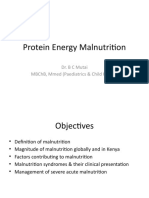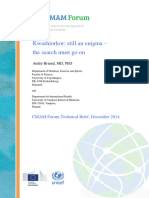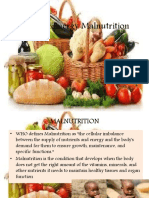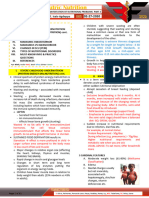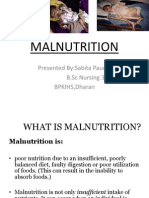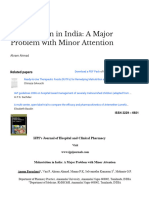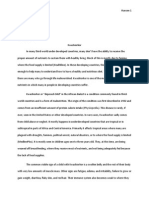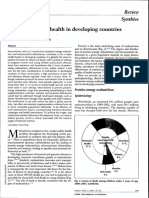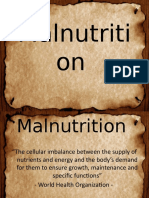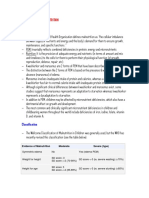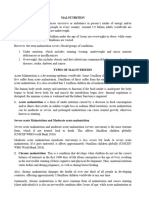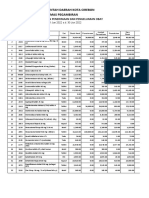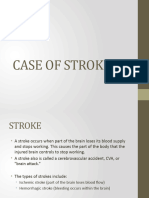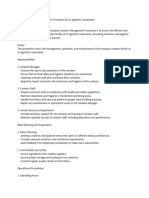0% found this document useful (0 votes)
87 views12 pagesChapter Two
This chapter reviews literature on malnutrition and provides context. It discusses expected relationships between mother's age, knowledge, and media interest and malnutrition. It defines malnutrition broadly and outlines its causes and prevalence in Nigeria. Specifically, it finds malnutrition affects over 500,000 children in Kano State. It also provides overviews of kwashiorkor, marasmus, and obesity, outlining their causes, signs, and treatment approaches.
Uploaded by
Muhd SaniCopyright
© © All Rights Reserved
We take content rights seriously. If you suspect this is your content, claim it here.
Available Formats
Download as DOC, PDF, TXT or read online on Scribd
0% found this document useful (0 votes)
87 views12 pagesChapter Two
This chapter reviews literature on malnutrition and provides context. It discusses expected relationships between mother's age, knowledge, and media interest and malnutrition. It defines malnutrition broadly and outlines its causes and prevalence in Nigeria. Specifically, it finds malnutrition affects over 500,000 children in Kano State. It also provides overviews of kwashiorkor, marasmus, and obesity, outlining their causes, signs, and treatment approaches.
Uploaded by
Muhd SaniCopyright
© © All Rights Reserved
We take content rights seriously. If you suspect this is your content, claim it here.
Available Formats
Download as DOC, PDF, TXT or read online on Scribd
/ 12




